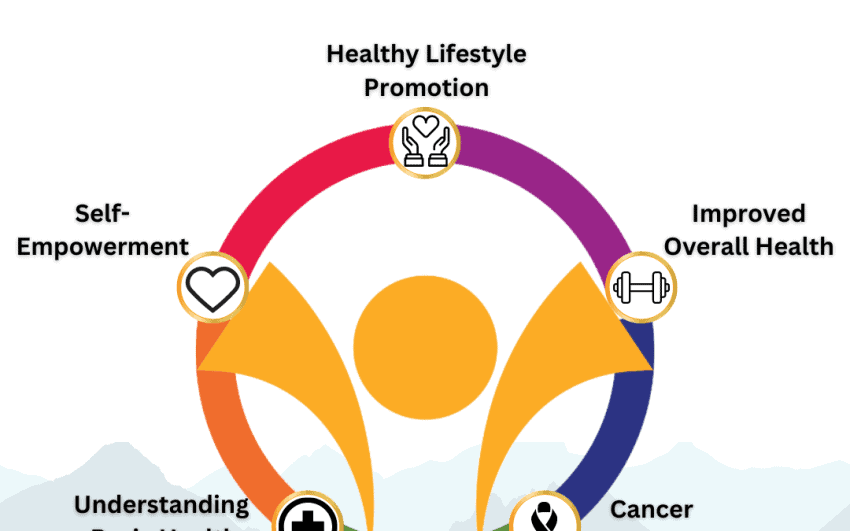Navigating healthcare can be confusing, and knowing when and where to seek medical attention can feel like solving a complex puzzle. There are different types of medical care, including primary care, urgent care, emergency care, and online doctor visits, and each serves a specific purpose. Having a clear understanding of the differences between them is vital for maintaining your health effectively.
Primary care is your first point of contact for managing your overall health. Your primary care provider (PCP) can help with routine check-ups, preventive care, and treatment of common illnesses. Establishing a relationship with a PCP is important because they get to know your medical history and can provide personalized care and guidance. You should visit your PCP for regular screenings, vaccinations, management of chronic conditions (like diabetes or hypertension), non-emergency illnesses (like colds or infections), and general health concerns.
Urgent care centers are equipped to handle non-life-threatening medical issues that require prompt attention but are not severe enough for an emergency room visit. They offer extended hours and typically treat conditions like minor injuries, infections, and illnesses that need immediate care but are not critical. You should choose urgent care for conditions like sprains, minor burns, fever, vomiting, stitches, or other urgent but not life-threatening issues, especially when your PCP is not available.
Emergency rooms are designed to handle critical or life-threatening situations. If experiencing chest pain, difficulty breathing, sudden weakness or numbness, severe burns, or major trauma, head straight to the ER or call 9-1-1. Don’t hesitate. Use emergency care for serious injuries (broken bones, severe cuts), severe illnesses, heart attacks, strokes, or any condition that could be life-threatening.
Telemedicine or virtual visits with doctors provide a convenient way to consult healthcare professionals remotely. This option is suitable for non-emergency issues when an in-person visit is not necessary. You should consider online visits for minor illnesses (like sinus infections, rashes), medication refills, follow-up consultations, or initial assessments of symptoms.
Health literacy is a crucial skill that empowers individuals to take charge of their well-being and navigate the healthcare system effectively. Having a primary care provider is essential for several reasons, including continuity of care, preventive care, health advocacy, and chronic disease management. Your PCP manages your long-term health needs and coordinates care across specialists, ensuring holistic and personalized treatment.
When visiting a healthcare provider, whether it’s a PCP, urgent care, or online doctor, expect a comprehensive evaluation, a physical examination, diagnostic tests, and a treatment plan. Remember to communicate openly with your healthcare provider, ask questions, and voice any concerns you have about your health. Your active involvement in your healthcare journey can lead to better outcomes and improved overall well-being.
Understanding the nuances of when and where to seek medical care empowers individuals to make informed decisions about their health. By embracing health literacy and establishing a relationship with a primary care provider, individuals can navigate the complexities of healthcare with confidence, ensuring timely access to appropriate care when needed.
Find out more about health literacy at https://tillamookcountywellness.org/be-well/health-literacy
To learn more about Medical Services or to find a Primary Care Provider, please visit: https://adventisthealth.org/tillamook/doctors/
https://tillamookchc.org/medical-services/
https://www.nehalembayhealth.org/
Resources:
“Primary, Urgent, Emergency Care and Online Doctor Visits – What’s the Difference?” UnityPoint Health, www.unitypoint.org/news-and-articles/primary-urgent–emergency-care-whats-the-difference. Accessed 29 Apr. 2024.


